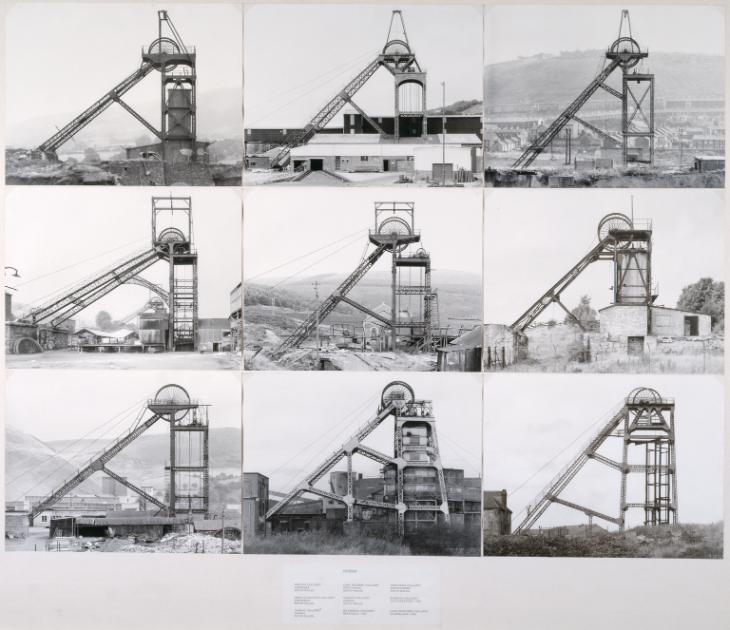‘Kosmos Train’ is a photo essay that documents the day to day in Eastern Europe railways. It is a really powerful document that through candid shots captures how is the experience of travelling in these Soviet-era trains. It could be understood as a similar work to N. Ackermann’s ‘Looking for Lenin’, arguably they both document the remnants of a past era in former communist countries. However, this work is more about contemporary life that has barely changed, as the scenario it happens in (the outdated trains and stations) hasn’t either. As it is described in the introduction to the essay in Berlin Quarterly’s Sixth Issue, these trains are like a time capsule.

The work is mainly composed of candid images that depict everyday situations in the trains or the platforms. What makes the essay conceptually deeper is the inclusion of images such as the obsolete equipment in the train stations or the old fashioned waiting rooms, or little details such as an old Red Army hat. These photographs contribute to the feeling that we are watching documents of the past, even though they were taken between 2013 and 2015.
The visual style makes the photographs more authentic. There’s a certain blurriness in many of the images that tell us that this is not staged, Graubaum was shooting handheld and without auxiliary lighting, making the human subject unaware and the sensation of being there more powerful. Nonetheless, this doesn’t mean that the composition is lousy. The author plays with the spontaneity, the narrow depth of field and the slower shutter speeds to use the dark areas and the out of focus objects as compositional elements to balance the images. The composition is particularly remarkable in the interior shots without human presence, they are more abstract and their juxtaposition with deep (compositionally) and shaky images makes them stand out and confers a contemplative side to the series.
The use of the available light is really important as well. Many of these images were taken at night time and the author uses the interplay between darkness and different types of light to create images with different levels. In one of the photographs, a woman sits peacefully at her home’s entrance lit by a yellow lightbulb while outside a dog half lit by that same light and half in the dusk gloom looks at the camera, and in the background a freight train car waits in the shadows. These makes the image’s meaning more complex as the light adds meaning to each of these elements. In general, the use of the available light sets a melancholic and mysterious mood for the whole series that works really well with the subject.



